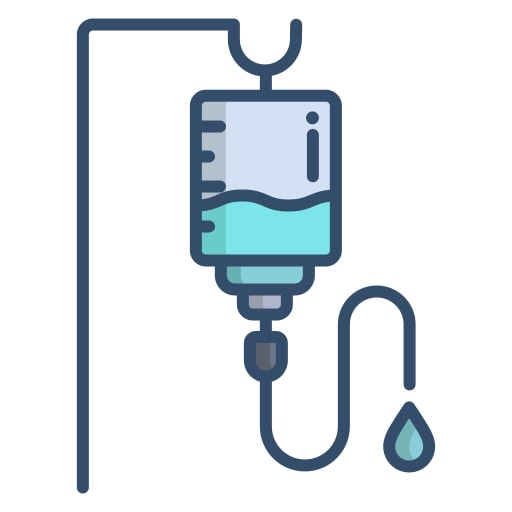DEXTROSE (GLUCOSE), 10%, 500ml, flex. bag, PVC free
STD
DINFDEXT1FBF5
Valid Article
Account code:
60000
HS Code:
300390
Last Updated on:
27/10/2025, 22:05:00
Former
Code(s):
DINFDEXT1N5 DINFDEXT151
18
Shelf life = length of time a product can remain active and effective.
Short shelf life = shelf life = < 24 months
Classification of the medicines in groups and subgroups according to their therapeutic use.
The classification used by MSF is based on the WHO Model List of Essential Medicines.
B05CX01
Anatomical Therapeutic Chemical Classification according to WHOCC
Thermosensitive codes are defined for storage and transportation temperature requirements of the products.
DEXTROSE (GLUCOSE), 10%
Therapeutic Action
Hypertonic solution of 10% dextrose
Indications
Treatment of hypoglycaemia
Instructions for use
Must be given by slow IV injection or IV infusion.
In case of local purchase, flexible bags are preferred to semi-rigid bottles. Contact your OC pharmacist for validation and approval.
Storage
- Below 25ºC
- Shelf life for flexible bag, PVC free: 18 months
- The remaining shelf life at delivery should be at least 1/3 of the total shelf life.
Caution!
It is important to pay attention to stack-piling, handling and internal transport conditions to prevent compression of the secondary packaging, which could lead to micro-leakage of the bottle or bag (risk of microbial contamination).



![[KMEDMHHM24-] (mod hospital) INFUSIONS 2021](/web/image/product.template/572790/image_256/%5BKMEDMHHM24-%5D%20%28mod%20hospital%29%20INFUSIONS%202021?unique=4e99d96)
![[KMEDMHOM14-] (mod OT Room) INFUSIONS](/web/image/product.template/572837/image_256/%5BKMEDMHOM14-%5D%20%28mod%20OT%20Room%29%20INFUSIONS?unique=831960c)
![[KMEDMHWM15-] (mod ward) INFUSIONS](/web/image/product.template/569007/image_256/%5BKMEDMHWM15-%5D%20%28mod%20ward%29%20INFUSIONS?unique=a7a623e)
![[KMEDMHDM22A] (mod delivery & neonate) MEDICINES complementary 2021](/web/image/product.template/574384/image_256/%5BKMEDMHDM22A%5D%20%28mod%20delivery%20%26%20neonate%29%20MEDICINES%20complementary%202021?unique=4d33748)
![[KMEDMHCM141] (mod OPD) INFUSIONS, for observation beds](/web/image/product.template/572694/image_256/%5BKMEDMHCM141%5D%20%28mod%20OPD%29%20INFUSIONS%2C%20for%20observation%20beds?unique=c393c74)
![[KMEDMHMI17-] (mod hospital divers) MEDICINES ANTIMALARIALS inj](/web/image/product.template/572530/image_256/%5BKMEDMHMI17-%5D%20%28mod%20hospital%20divers%29%20MEDICINES%20ANTIMALARIALS%20inj?unique=ae6983d)
![[KMEDMNUTI36A] (module nut. inpatient) MEDICINES 2021](/web/image/product.template/575295/image_256/%5BKMEDMNUTI36A%5D%20%28module%20nut.%20inpatient%29%20MEDICINES%202021?unique=e361bc4)
![[DINFDEXT1SRF5] DEXTROSE (GLUCOSE), 10%, 500ml, semi-rigid bot., PVC free](/web/image/product.template/577828/image_256/%5BDINFDEXT1SRF5%5D%20DEXTROSE%20%28GLUCOSE%29%2C%2010%25%2C%20500ml%2C%20semi-rigid%20bot.%2C%20PVC%20free?unique=677f91e)